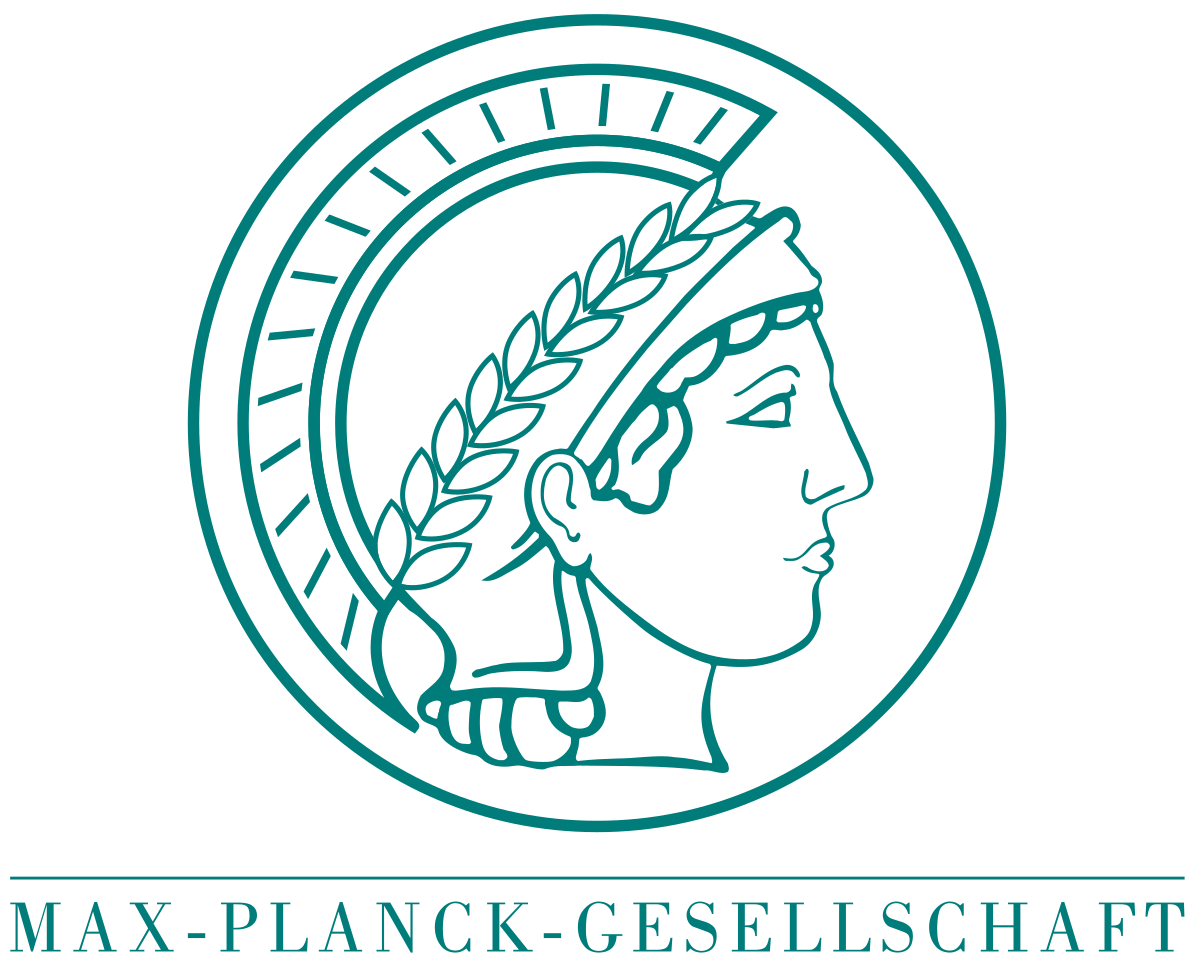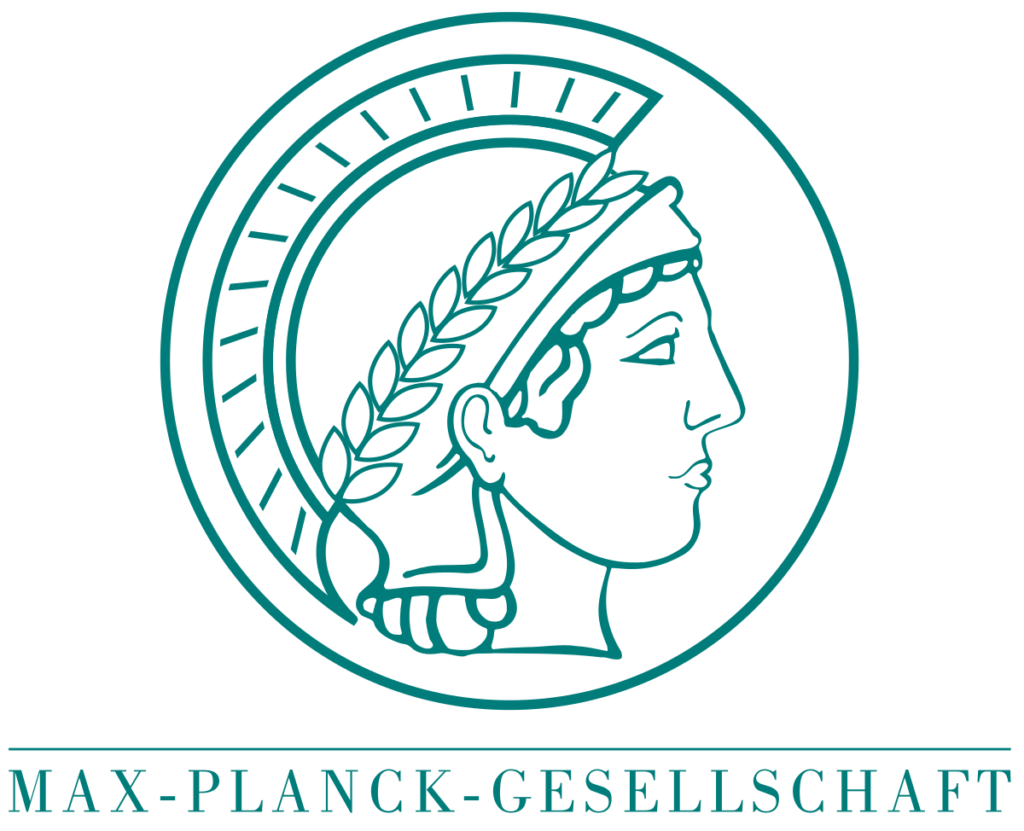The application of Virtual Reality (VR) environments allows us to experimentally dissociate social input and responses, opening powerful avenues of inquiry into the dynamics of social influence and the physiological and neural mechanisms of collective behaviour. A key task for the nervous system is to make sense of complex streams of potentially-informative sensory input, allowing appropriate, relatively low-dimensional, motor actions to be taken, sometimes under conditions of considerable time constraint. ESR5 will employ fully immersive ‘holographic’ VR[8]to investigate the behavioural mechanisms by which freely-swimming zebrafish obtain both social and non-social sensory information from their surroundings, and how they use this to inform movement decisions. Immersive VR allows extremely precise control over the appearance, body postural changes, and motion, allowing photorealistic virtual individuals to interact dynamically with unrestrained real animals. Similar to a method that has transformed neuroscience — the dynamic patch clamp paradigm in which inputs to neurons can be based on fast closed-loop measurements of their present behaviour — VR creates the possibility for a ‘dynamic social patch clamp’ paradigm in which we can develop, and interrogate, decision-making models by integrating virtual organisms in the same environment as real individuals. This tool will help us to infer the sensory basis of social influence, the causality of influence in (small) social networks, to provide highly repeatable stimuli (allowing us to evaluate inter-individual and within-individual variation) and to interrogate the feedback loops inherent in social dynamics.
[8]Stowers, et al (2017) Nature Methods14(10), 995-1002. doi:10.1038/nmeth.4399
Expected Results:
1. To obtain a systematic mapping from visual input to motor output in zebrafish during social behaviours
2. To reveal the structure of the recursive feedbacks inherent in regulating social dynamics
3. To develop, and test, computational models of social behaviour
Planned secondment(s):
1. Georges Debrégeas, Sorbonne University, M18-21: this project focuses on the algorithmic basis of social decision-making, but considerable insight may be obtained by also considering the neural basis of decision-making.
2. Julijana Gjorgjieva, MPG-BR, M27-30: to develop skills in computational modeling of individual decision-making in social contexts
Enrolment in Doctoral degree(s): You will be enrolled in the International Max Planck Research School for Organismal Biology at the University of Konstanz.

